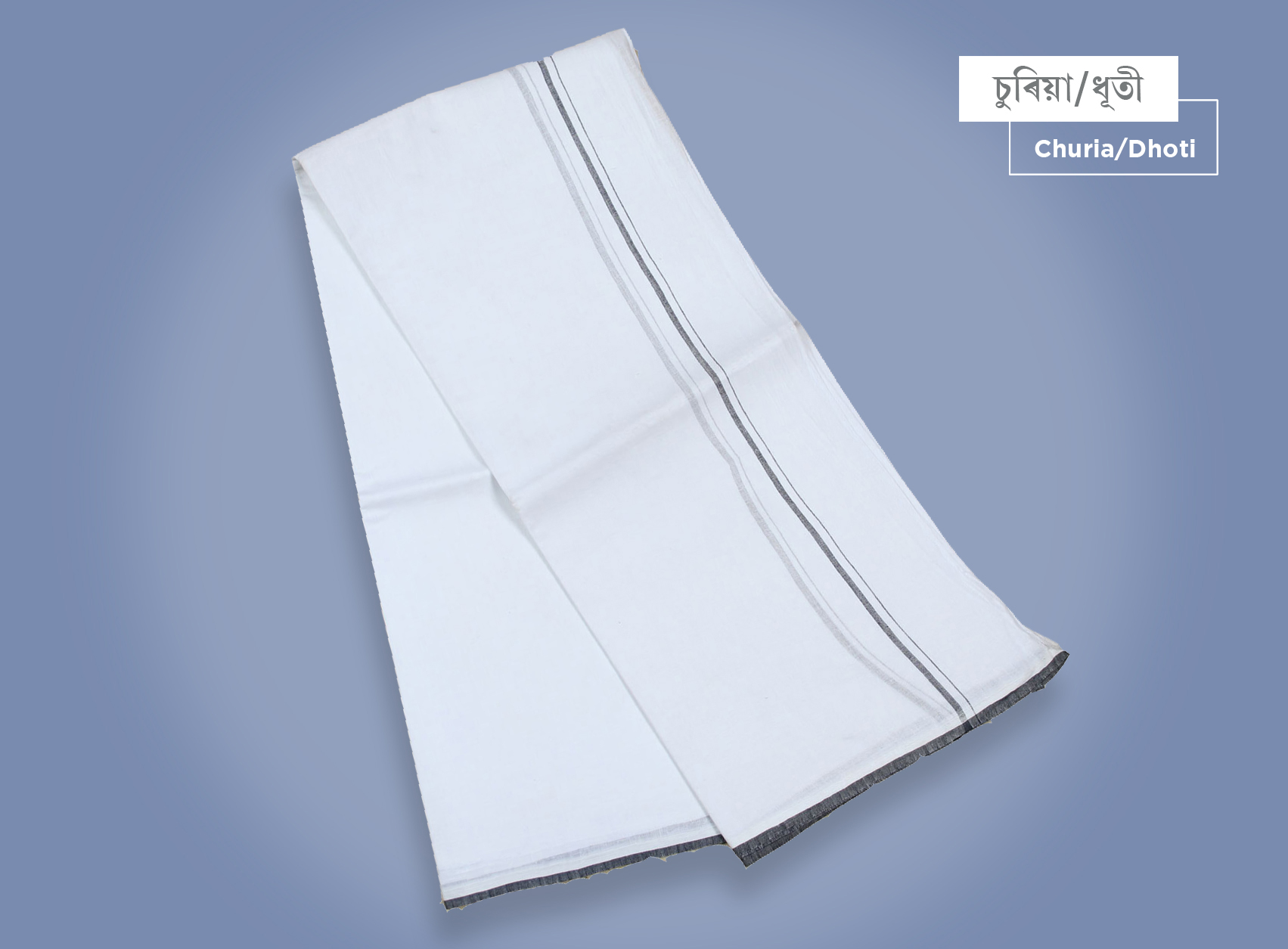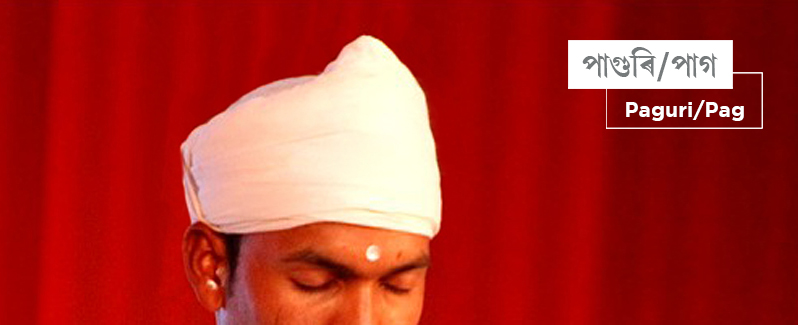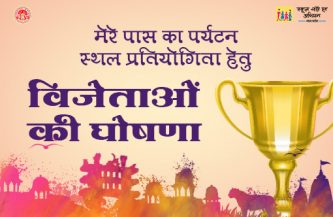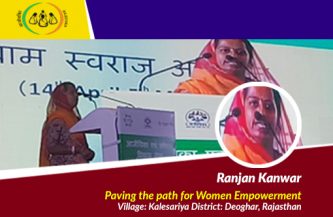Ancient Costumes of Assam

The costumes of Assam represent its rich culture and tradition. In ancient times, lower garments were widely used by the common people. These lower garments were made from an unstitched cloth. On the other hand, the higher section of the society used to wear upper garments along with lower garments accompanied by a paguri. In the medieval period, Assamese costumes went through a significant change. It was greatly influenced by North India or Islamic culture, South Eastern countries and tribal culture. During this period, ‘shirt’ or the stitched cloth first began to be worn by different kings. They were made from cotton, eri, muga, mulberry, silk, tassar and wool. Every year, plenty of woollen clothes were imported to Assam from the neighbouring hill states, particularly from Bhutan.
Here are a few traditional costumes used in the period:
Churia or Dhoti

In the past, men used to wear an unstitched lower garment called the churia or bhuni. It was wrapped around the waist and extended to the knee or below it. During this period, higher officials, head of the satras and Brahmins used to wear silk and muga churia. The length and wearing style of the churia reflected the social status of men in the society.
Mekhela
The term mekhela originates from the vedic word ‘Mekhola’. In the olden days, mekhela was the chief lower garment of women. It was worn around the waist and reached till the ankle joints. It was worn in combination with a chador. Generally, mekhelas were woven from cotton, muga, eri and silk yarn. When it was wrapped around the breast and reached down to the knee, it was known as Methani Mara by different ethnic groups of Assam.
Ghagra/Ghuri
Like in other parts of India, ghagra was also used in different theatrical performances such as bhaona, songs, dances, etc. It was a type of waist cloth and worn by the sutradhar of bhaona, gayon, bayon, etc.
Cheleng
Cheleng was an upper garment for women. It measured around 9 feet in length and four feet in breadth. The two ends of cheleng were embroidered. One end of the cheleng is hung on the front over the left shoulder going across the back under the right arm and hung over the left shoulder to the back. In weddings, bridegrooms used to wear silk cheleng.
Chador
Chador was an important upper garment for women in the past, measuring 2.75 to 2.81 m in length and 1.03 to 1.25 m in breadth. Usually, muga, silk and cotton yarn were used to make chador.
Riha

Riha was another important female upper garment and only worn by married women. Also known as kachali, it was mainly used for breast coverage before blouses were introduced. It was made of silk, muga and endi. Wearing of riha along with mekhela and chador was associated with decency and modesty in Assamese culture.
Eri cloth
Made from eri yarn, eri cloth has been prevalent since the Ahom age. While women used to wear diamond shaped floral motifs or creeper designs woven in the eriya cloth, men generally wore plain clothes. It was also used as a shawl during winter.
Chola
In medieval period, men used different kinds of shirts. Ahom king Rudra Singha was the first to bring the specimen of shirts to Assam. The shirts were in different colour and designs and came from different provinces of India. The king, ministers and other high officials began wearing shirts which were known as chauga and chapkan in the Mughal style. Ahom kings used to wear chapkan made by kingkhap, majankari and gomseng silk yarn which were decorated with golden threads. A chauga, which was a cassock like drapery, was also worn over the chapkan as a symbol of aristocracy. The swargadeos also used to wear rupar beridia chola, gom chengcola, enga chola, buku chola, etc. to name a few.
Paguri, Phasau and Jama

The paguri or turban was an important headgear of the Assamese people. It was commonly known as pag. While the common people used a simple type of turban, the noble or high officer wore a specially made turban. The phasau was a very simple form of turban worn by the Ahom king Gadadhar Singha. Rudra Singha introduced the ‘Jama’, a headdress worn by the Mughal emperors.
Source: Ancient Assamese Costumes & Designs (Handloom Research & Designing Centre, Guwahati)





